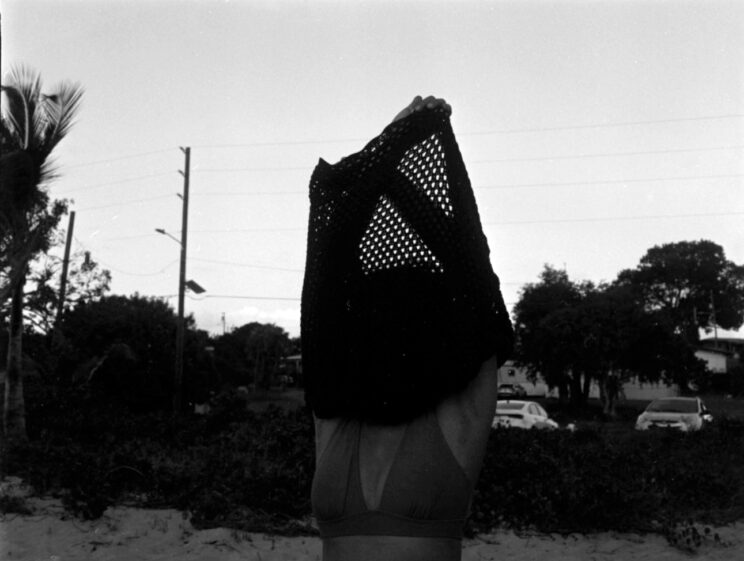“A lot of you look like you got some sun this past week,” my professor in the AAS seminar remarked to our class.
Why are so many students of color flocking to the islands for spring break? Is it just to escape the brutal winter and decompress after a challenging semester at a place like Princeton? Or is there something more at play—like the need to connect with other Black and Brown people, something that feels distant at a school like Princeton? Maybe it’s not just stress, but a deeper desire for warmth, relaxation, and a sense of belonging.
“We should stay in the US,” she urged. She was on edge for several reasons. As an international graduate student, she understood that leaving the US would complicate things under the current US administration. She was smart, cautious. She’s a sailor. A pirate. A mathematician. Like many women of color at this institution, she wore many hats. One cold day in Feburary, after a trip to a bathhouse in Brooklyn, we had enough, she planned a low-cost trip for us to Puerto Rico and then on to St. Croix. That trip, with rainforests, scuba diving, and plenty of rum inside pineapples, could fill an entire short story. We still hadn’t had our fill of playing in the sand.
It seemed like many of my classmates shared the same experiences. The cold in New York had been brutal, and the semester had been grueling. Tough internships, less-than-stellar grades (A- somehow felt like a disappointment), and the constant pressure of problem sets and papers had worn us down. At Princeton, the isolation felt even more pronounced—especially for Black students. The cold weather only added to the distance, making it harder to connect with others who didn’t understand the unique pressures we faced. We needed a break, and the beach was calling. We screamed back.
What was most beautiful about the trip was how much it felt like home. It reminded me of my time in South Sudan and Uganda—places where I could relax and not feel like the minority despite it being a warzone. There, I didn’t get the shrewd looks or the discomfort I often felt back at Princeton. It wasn’t just about being Black; most of my white classmates will never experience what it’s like to feel like the minority. In the islands, it was refreshing to see people greeting each other with the warmth and familiarity that reminded me of my small-town home in
It’s clear that, for students, especially students of color, taking time off from the relentless grind at Princeton isn’t just a luxury—it’s a necessity. The pressures of tough internships, challenging coursework, and the weight of being in a predominantly white institution create an environment where we often feel isolated, alone, and different. For Black and other minority students, this experience is compounded by the need to constantly navigate spaces where we don’t always feel valued or understood. That’s why finding a place where we can relax, connect, and feel normal isn’t just important—it’s essential for our well-being. Just like creatures attuned to the rhythms of the planet, we seek warmth, comfort, and community. Maybe it’s a natural impulse, or maybe it’s simply the need to escape the constant grind of work. We crave a space where we can feel like ourselves without the weight of being an outsider. Watching the swallows fly back and forth, heading to their place of rest, reminded me of our own need to find that place—a space where we can breathe, where we can feel at home.




fh2xhe